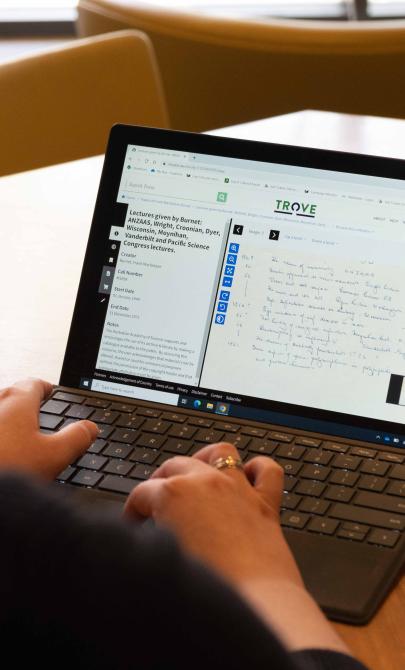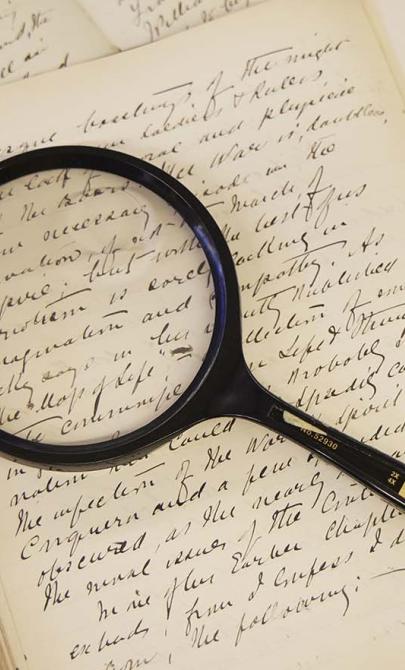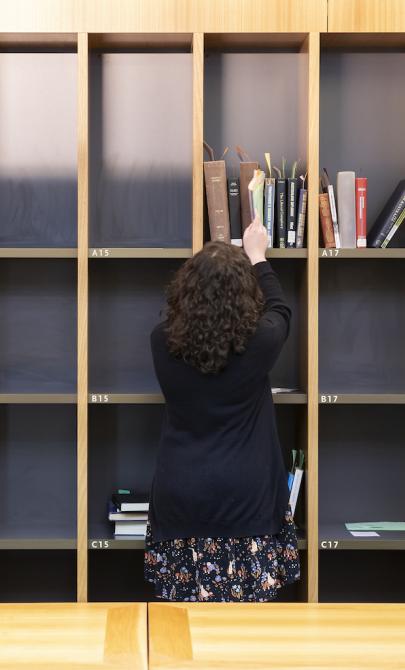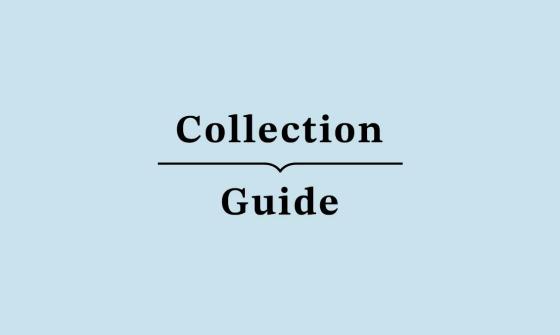Coffin Collection
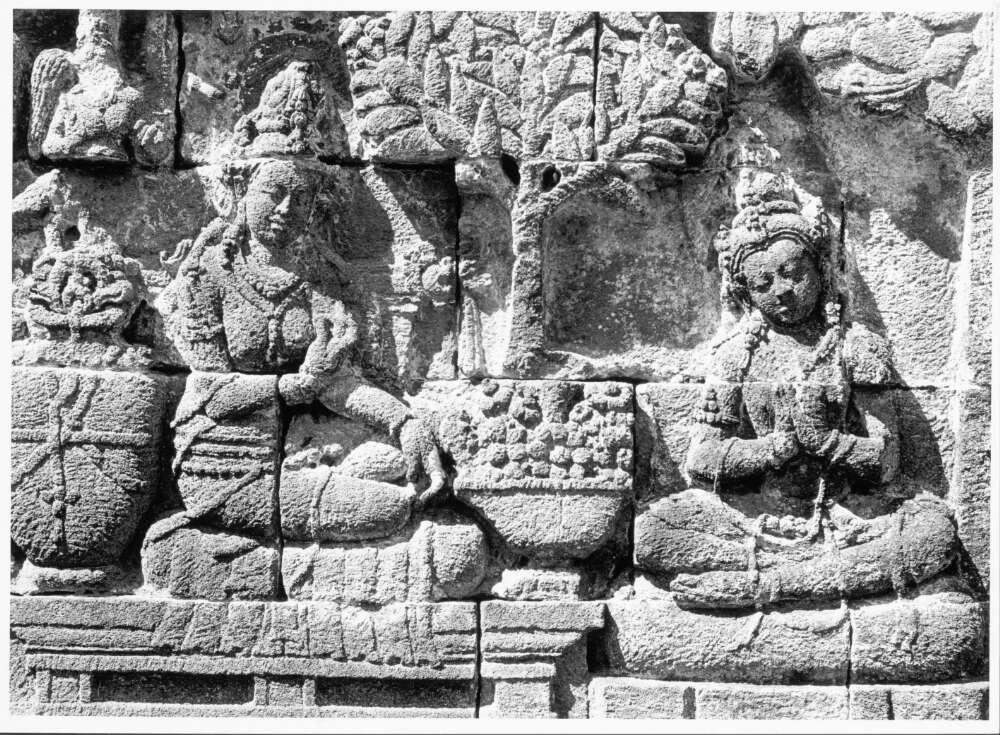
Yves Coffin, Coffin collection of photographs of Bali, Cham, Javanese, Khmer and Thai art, architecture and sculpture, (196?), nla.gov.au/nla.obj-140366892
Yves Coffin, Coffin collection of photographs of Bali, Cham, Javanese, Khmer and Thai art, architecture and sculpture, (196?), nla.gov.au/nla.obj-140366892
Key items in the collection
The Coffin Collection contains about 4700 photographs of ancient art, sculpture and archaeological sites in Cambodia, Vietnam, Thailand and Indonesia, including:
This collection contains around 3,600 photographs from central and eastern Java and Bali.
The Javanese works depict temples, sculptures and rock carvings dating from the eighth to the fifteenth centuries. They include views of the Buddhist temple complex at Borobudur, the Hindu temple complex at Prambanan, and the Candi Surawana, Kalasan, Mendut, Panataran and Sari temples, as well as photographs of sculptures, reliefs, friezes, ornaments, wall panels, entrances, doorways, niches and other features within the temples. There are also many photographs of sculptures held in the National Museum in Jakarta.
There are a relatively small number of Balinese photographs, including the eleventh century tombs at Gunung Kawi, the cave at Goa Gadja and the temple of Pura Maospahit.
The Khmer photographs total nearly 1700 and depict monuments of the Khmer Empire which extended over Cambodia, Laos and southern Vietnam from the ninth to the fifteenth centuries. They include many photographs of the Khmer capital Angkor Thom, Angkor Wat, Baphuon, Banteay Srei, Phnom Bakheng, Ta Promh and other temples at Angkor, and temples such as Bakong, Prasat Banon, Beanteay Chmar, Phnom Bayon, Phnom Chisor, Muang Tam, Phimai and Phum Prasat. The subjects include gates, staircases, galleries, courtyards, doorways, lintels, pilaster decorations, reliefs, friezes, pediments and sculptures.
There are also photographs of Khmer sculptures and figures in the national museums of Cambodia, Vietnam and Thailand and the provincial museum at Kompong Thom.
The kingdom of Champa controlled the coastal regions of central and southern Vietnam from the eighth to the nineteenth centuries. The 300 Cham photographs in the Coffin Collection are of sculptures held in the Da Nang Municipal Museum and the National Museum of Vietnam in Saigon. They include pedestals, colonettes, reliefs, dancing figures, heads of deities, lions, garudas and elephants.
The final group consists of 102 photographs of Thai temples, sculptures, statues of Buddha and other figures. They include the ruined temples of Wat Phra Sri Mahathat at Lopburi, Wat Pra Si Sampet at Ayudhya, Wat Mahathat at Sukhothai and Wat Phra Singh at Chiang Mai.
About Yves Coffin
Early life and World War II
Yves Coffin (1924–2016) was born in Crépy-en-Valois, northern France. While studying at the University of Lyons, he became involved in the French Resistance. He escaped from the Gestapo but was interned in Spain. After his release, he joined the Free French Forces in Britain and served as a paratrooper. Coffin first took up photography seriously in 1945 while stationed in Austria as an interpreter during the negotiations leading to the Vienna Convention.
Diplomatic career
Coffin joined the French Consular Service in 1947, with postings in Berlin and later Canberra. From 1950 to 1970, he served in South East Asia, including Indonesia (Jakarta), Cambodia (Phnom Penh), Laos (Vientiane), and the Philippines (Manila). He also served as consul in Kobe, Japan, and Detroit, United States. In 1960, he married Indonesian novelist Nh. Dini, but they divorced in 1981. Coffin retired in 1980 and spent his later years in Nantes.
Photography and later life
Throughout his career, Coffin maintained a strong passion for photography, particularly capturing temples and artworks in the countries where he was posted. He developed a particular interest in architecture and art in Roman and Gothic churches. Coffin died in Abbeville in 2016.
Background to the collection
The Library purchased the photographs from Yves Coffin in a number of instalments between 1970 and 1976.
The photographs of Yves Coffin are kept together as a formed collection within the Pictures Collection. They have been catalogued as a collection and a relatively small number have been individually catalogued.
The Australian National University Library holds a collection of photographs of Khmer monuments donated by Yves Coffin (1 volume and 8 boxes).
This guide was prepared using these references:
- Coffin, Yves, The beauty of the stones of Angkor, Hemisphere, vol. 20 (11), Nov. 1976, pp. 25-29
- Coffin, Yves, Siva’s temples at Gedong Sanga, Hemisphere, vol. 17 (7), July 1973, pp. 20-24
